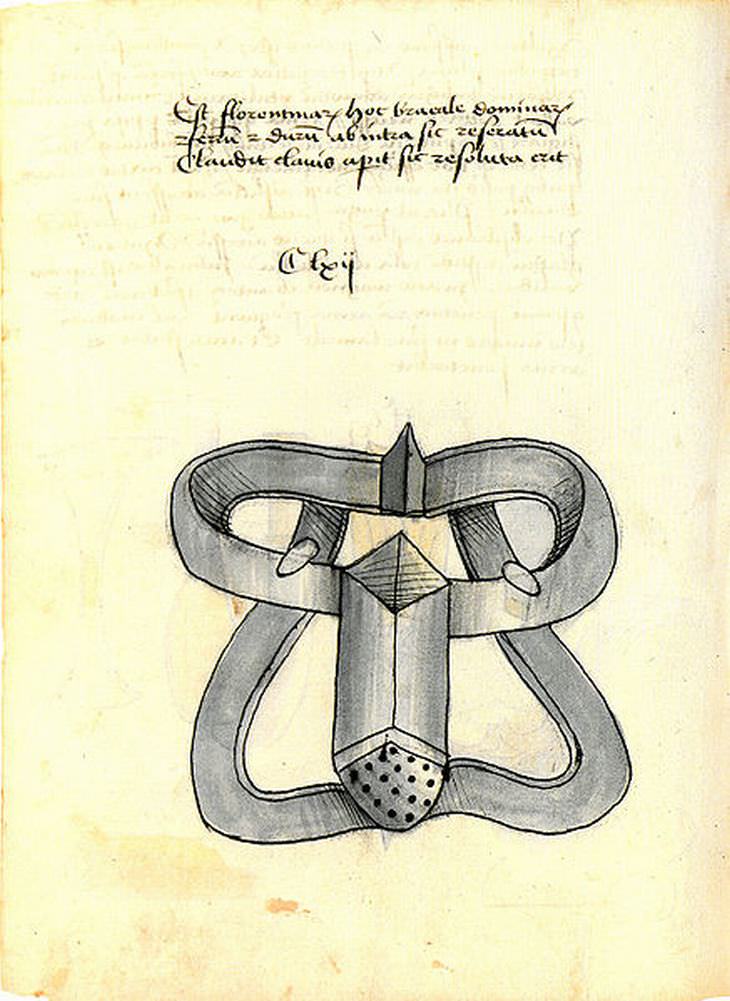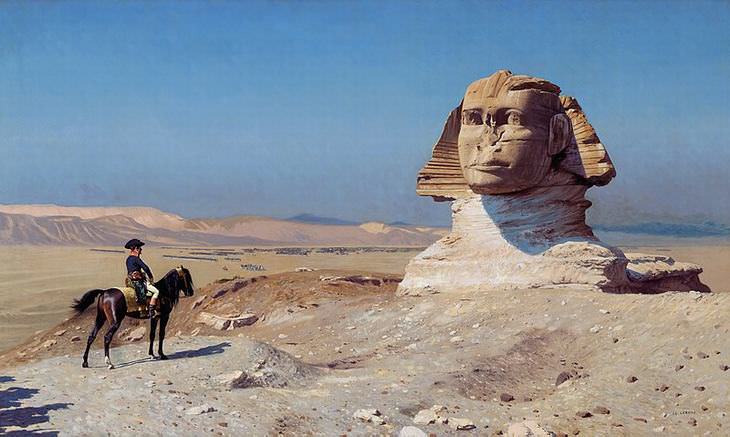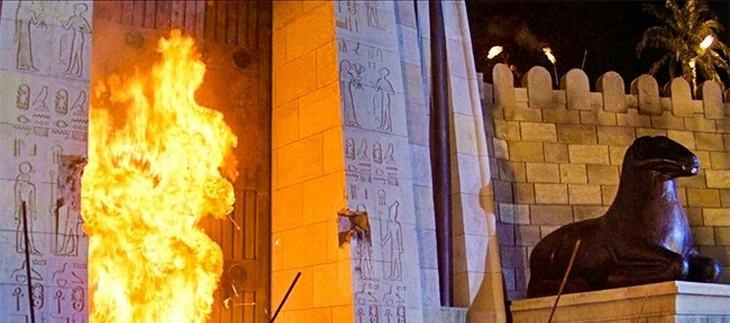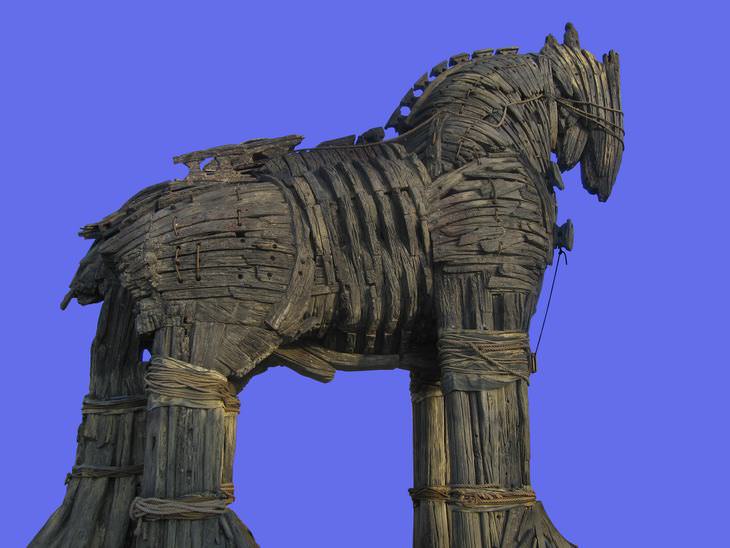1. Different authors wrote Shakespeare's plays
Because Shakespeare was born and raised in a sheep trade hub, it's widely believed that he couldn't have gained sufficient knowledge to write such elaborate descriptions of politics, court intrigues and other countries' cultures. Adding to this, there is no unique signature for the writer. The majority of his works are signed differently and even his last name was often written differently - from Shakespeare, to Shake-speare, or even Shak-spear.
2. Marie-Antoinette didn’t tell peasants to eat cake
It is believed that French queen Marie-Antoinette allegedly said 'If they have no bread, let them eat cake!' to her poor subjects. But, it was actually Jean-Jacques Rousseau who first wrote this phrase, which was supposedly said by some monarch. However, it couldn't have been Marie-Antoinette, because she was 9 years old at the time and still living in Austria. Another interpretation is that she did say these words, however, without the scornful intent. At the time, law dictated that bakers had to cut prices on expensive bread during a crisis. Perhaps, this is what the queen really meant.
3. The pyramids weren’t built by slaves
It was Herodotus who first wrote about slave labor at the construction of the pyramids. However, he lived much later than when they were actually built. In the early 1900s, archaeologists had found tons of the people who worked on the pyramids' construction. They were buried with honors and were placed very close to the pharaohs. Investigations of their skeletons have shown that these people were well-fed and worked shifts. It was therefore concluded that they were workers, not slaves.
4. No woman ever had to wear a chastity belt
According to historical stories, a man who went on a holy crusade would put a metal girdle on his wife so that she couldn't cheat on him while he was away. He would also have taken the key with him. But it's impossible that a woman could have lasted more than a few days of wearing such an accessory as she would have eventually died of sepsis. Furthermore, there is no trustworthy source from the Middle Ages which says anything about such a device.
5. The Sphinx of Giza lost its nose long before Napolean arrived in Egypt
A common misconception holds that when Napoleon was in Egypt, from 1798 to 1801, he ordered his soldiers to practice shooting, with the Sphinx as their target. This is how many believe that the Sphinx lost its nose. In reality, the Sphinx was already noseless when Napoleon arrived. Some sources believed that the nose was broken by an Arab zealot in the 14th century.
6. The library of Alexandria was destroyed long before the famous fire
Thousands of scrolls and pieces of priceless knowledge were all supposedly burned during Julius Caesars' attack on Alexandria in Egypt. But in reality, Caesar didn't practically destroy anything. Long before his arrival, the library had been seriously damaged by another enemy. But the main reason for its downfall is actually quite mundane. The state had gradually reduced its expenses on library needs. Scholarships were abolished and foreign scientists were forbidden to visit the building. So in the end, the library was abandoned.
7. The Trojan Horse didn’t exist
Other than Homer's The Iliad and Virgil's The Aeneid, there are no sources that tell us anything about the Trojan War. This led to numerous myths and legends sticking to the story. Some researchers believe that there was no wooden horse, but rather, a ram that looked like a horse or a siege weapon. Others have proposed that the Trojan Horse was an earthquake that destroyed the walls of Troy. Whatever the real reason, it appears that the Trojan horse is nothing more than just a story.







